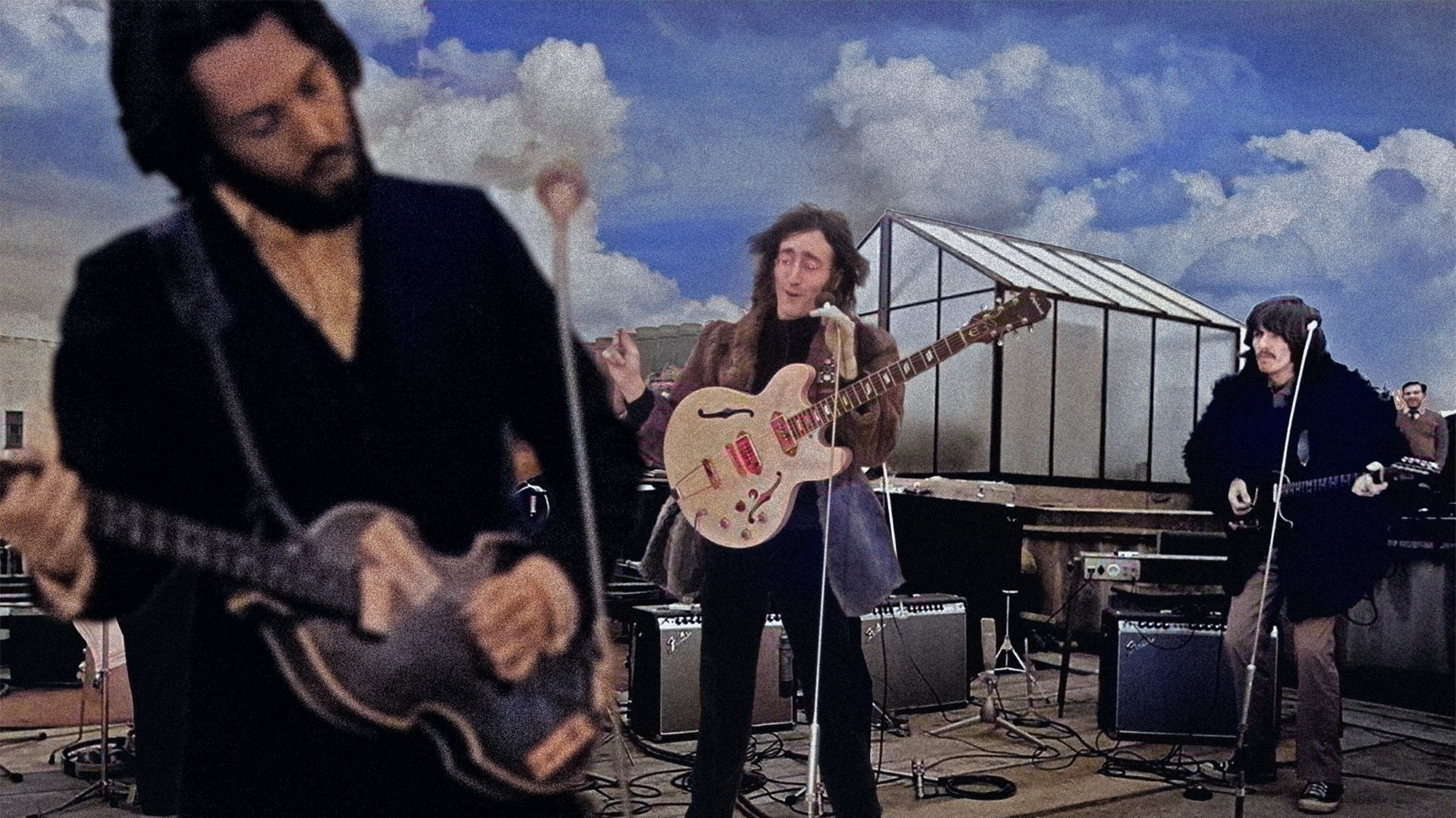“We’d heard Jimi Hendrix, we'd heard the Who, but now we finally got to see these guys. And watching Jimi Hendrix burn his guitar….” Grace Slick on Hendrix at Monterey, Jefferson Airplane and the Spanish origins of “White Rabbit”
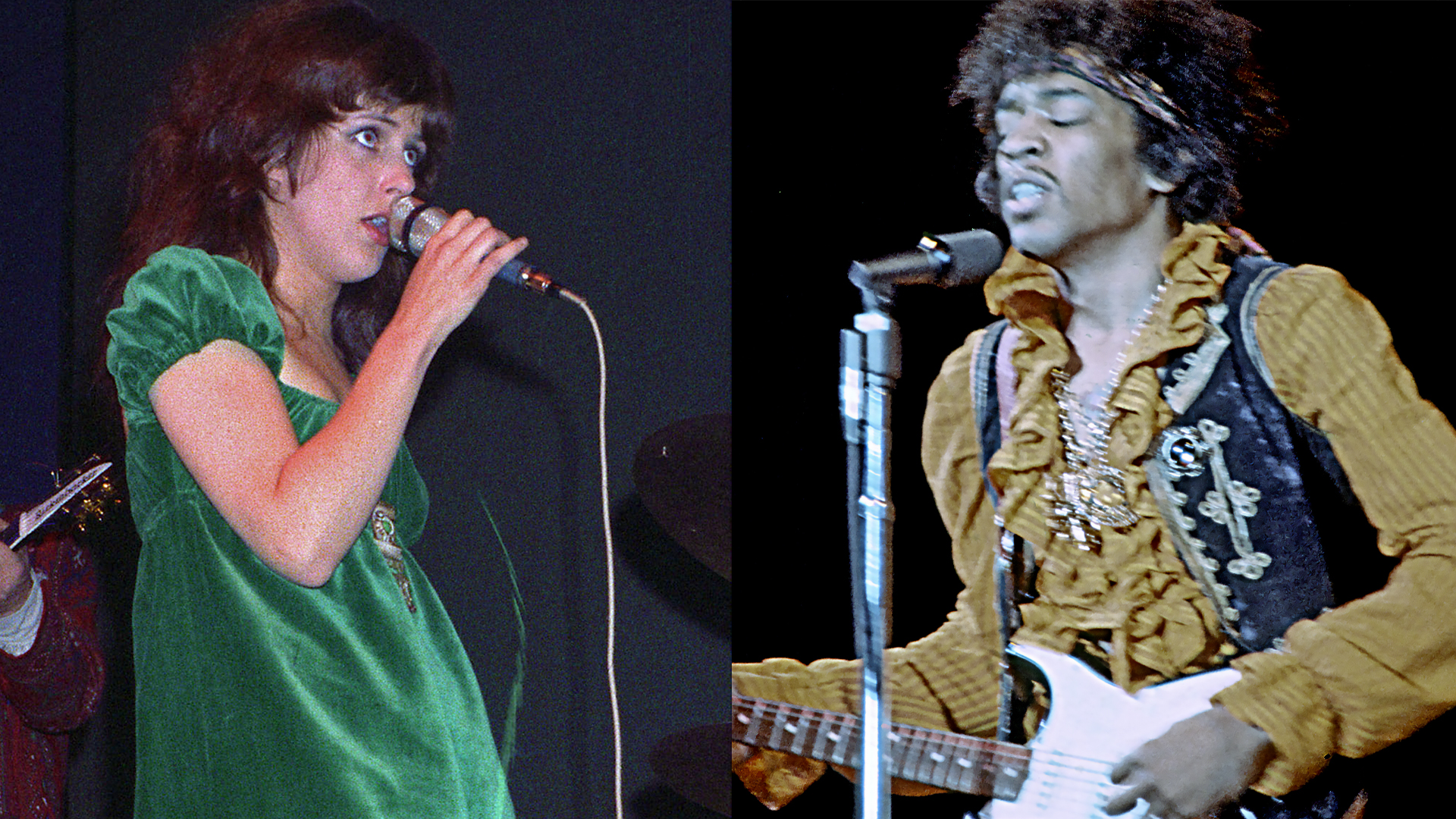
One of the funniest “rock life” stories I’ve heard is when China Kantner Isler — who I first became aware of when she was a VJ on MTV back in the ’80s — told me what it was like being a teenager and getting picked up after school by her famous mother, Grace Slick.
“She would show up in her DeLorean with the gull-wing doors, and she’d have crazy hair and knee-high boots,” says Isler, “and I’d be like, ‘Mom! Go away. You’re embarrassing me.’”
That’s right: Even if it’s the mid ’80s and your mom is all over the radio with multiple number-ones, has music videos in constant rotation and is driving the bad-ass car from the biggest teen blockbuster of the day, Back to the Future, she is still not cool.
“That’s one of the universal truths,” says Slick on the latest episode of my podcast, No Guitar Is Safe. “No matter whether they're good, bad, ugly, old, young, famous or not, parents are just embarrassing.”
But embarrassing her kid after school is probably the only time Grace Slick has not been cool.
From being one of the first women ever to front a major rock band (Jefferson Airplane) to being a founding member of the band’s next evolution — multi-Platinum ’70s arena rock heroes Jefferson Starship — to topping the Billboard charts in the ’80s with phase three of the band, Starship, to retiring to Malibu to become a successful painter of ’60s musicians and beyond (who better to paint the era?), Grace Slick has always been cool, relevant, outspoken and gloriously unfiltered.
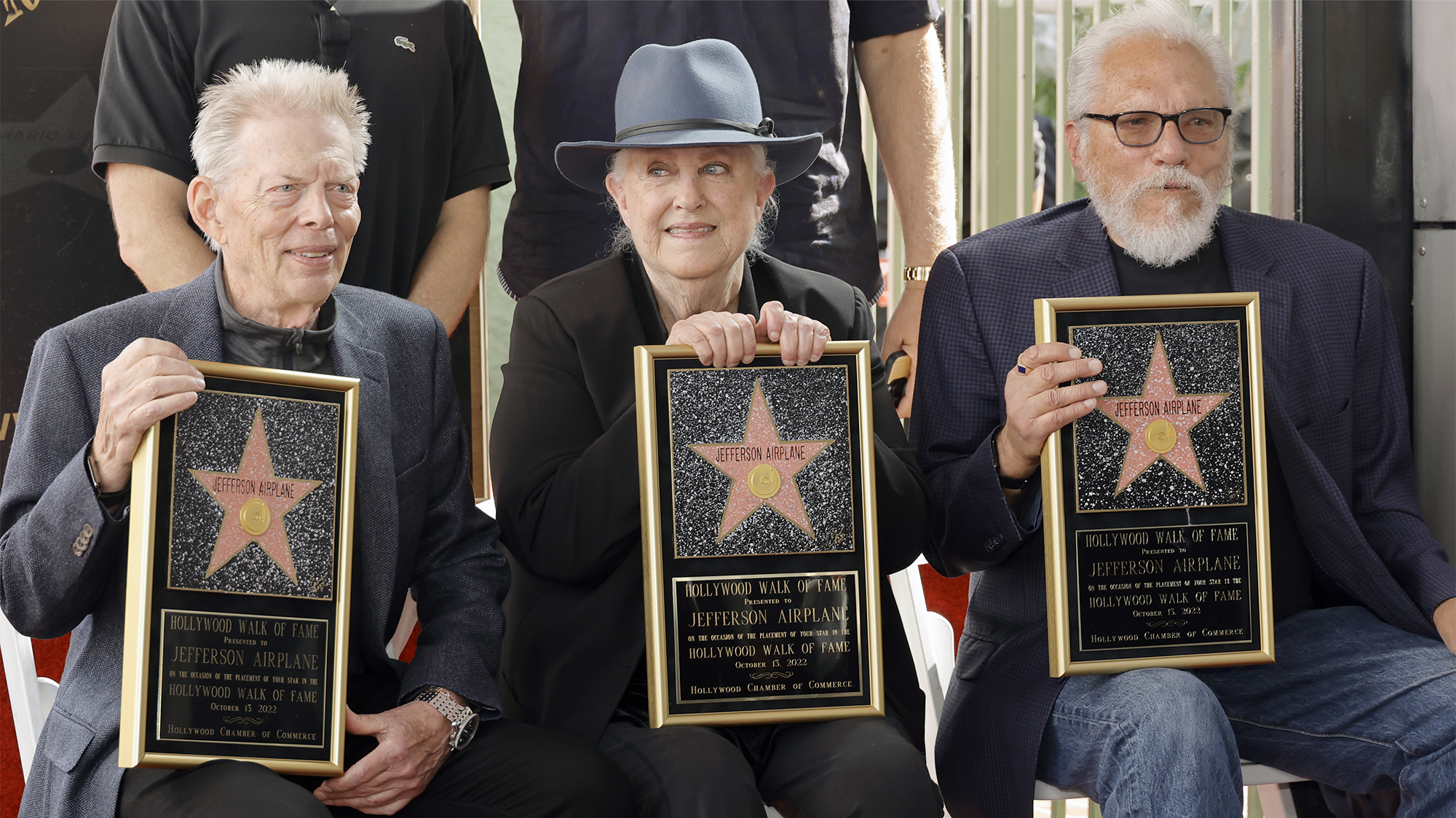
And from sharing bills with Jimi Hendrix, Jerry Garcia and other future legends at ’60s festivals such as Monterey, Woodstock and Altamont, to playing and recording with iconic bandmates such as Jorma Kaukonen, Craig Chaquico, David Freiberg and the late, great 12-string strummer (and father of her daughter) Paul Kantner, Slick has known and worked with several notable electric and acoustic guitar players.
All the latest guitar news, interviews, lessons, reviews, deals and more, direct to your inbox!
Heck, even I'm proud to say that, as lead guitarist of Jefferson Starship since 2012, I've worked with Slick. (She co-wrote a recent Jefferson Starship single with Cathy Richardson, the band’s current lead singer, and myself, called “It’s About Time.”) And becoming friends with her, China and the rest of the Jefferson family over the years has been a thrill.
Which is one reason I was able to get Slick to, for probably the first time ever, sit down for a lengthy interview focused primarily on guitar.
Our mutual friend and bandmate, David Freiberg, told me that a highlight of playing Monterey was being able to see all the other acts, including being side-stage when Hendrix famously took a can of lighter fluid to his Strat. Were you up there for that moment as well?
Yes, I was. Monterey was the best of all those festivals. Woodstock has been heavily lauded as “a generation getting together, and isn't that so wonderful?” But half a million people in a wet field? No. Ruining your shoes in mud that was a foot deep trying to get to a bathroom half a mile away? Not fun.
And they’d fly you in on helicopter just before your set, so you couldn’t really watch the other acts. And it ran late. You’re supposed to go on at 9 p.m., but instead you’re trying to sing Airplane songs at 6 a.m. the next morning.
Monterey was nicer — smaller, good weather — and it had curtains on the side of the stage so you could go up there and watch the other bands. Most of us had heard Ravi Shankar, we'd heard Jimi Hendrix, we'd heard the Who, but now we finally got to see these guys. And watching Jimi Hendrix burn his guitar — I mean, now it’d be nothing, but at the time, that was just a spectacular move. Our jaws were on the floor.
I guess legend has it that he was trying to outdo the Who, because he knew they were likely going to come up there and smash their instruments.
Yeah. But Jimi was such an amazing guitar player that it was okay for him to do that. He wasn't doing it because he couldn't play. He could also play his ass off.
Let’s talk about your song, “White Rabbit,” one of my favorite rock songs of all time. How did you and Jorma come up with that modal, psychedelic lead guitar thing he plays over the intro?
It's funny that it is classified as a rock song, because it's not anywhere near rock — it's a Spanish march. As for Jorma’s part, I happen to like Spanish music a lot, including flamenco guitar, so maybe it was inspired by that. I can listen to Spanish guitar instrumentals all day long. I don't know why — I'm Norwegian, you know — but flamenco guitar just knocks my socks off.
Speaking of Spain, I love the album Sketches of Spain, by Miles Davis. I know it’s not a guitar album, but I once listened to that album for 24 hours straight. I took acid and put it on over and over and over. And it’s burned into my brain. So, musically speaking, “White Rabbit” is kind of an extension of Sketches of Spain and Ravel's Bolero.
The song also kind of rips off Lewis Carroll’s Alice in Wonderland, because the lyrics were written at parents, because parents kept asking us, “Why do you take all these drugs?” So the song responds with, “Okay, do you remember the stories that you read to us when we were little, like Alice in Wonderland? Well, Alice takes at least five different drugs in that book. One makes her high, one makes her low, et cetera. Or take Sleeping Beauty — why do you think she’s sleeping? Somebody knocked her out with some drugs! And by the way, what’s that you’re having with dinner? Alcohol? Well alcohol is also a drug — it just happens to be legal. Same with cigarettes.”
Honestly, standing up to all that stuff was easier than shit.
A top-five rock song for me is “Somebody to Love,” written by guitarist Darby Slick, brother of your first husband, Gerald Slick. It really connects. I’ll see a 10-year-old out in the audience attending their first concert, and by the second chorus they’re singing along.
That's interesting, because while I like it, it's not one of my top five. I mean, I like … Pink Floyd. I love Pink Floyd's guitar player, David Gilmour — I love his choices of what to play.
One of my favorite songs is Dire Straits doing “Sultans of Swing.” God, they just play together so well on that song — everything just fits together. The guitar, the bass, the choice of the casual singing approach on the lead vocal — it’s all fantastic. I just love that song.
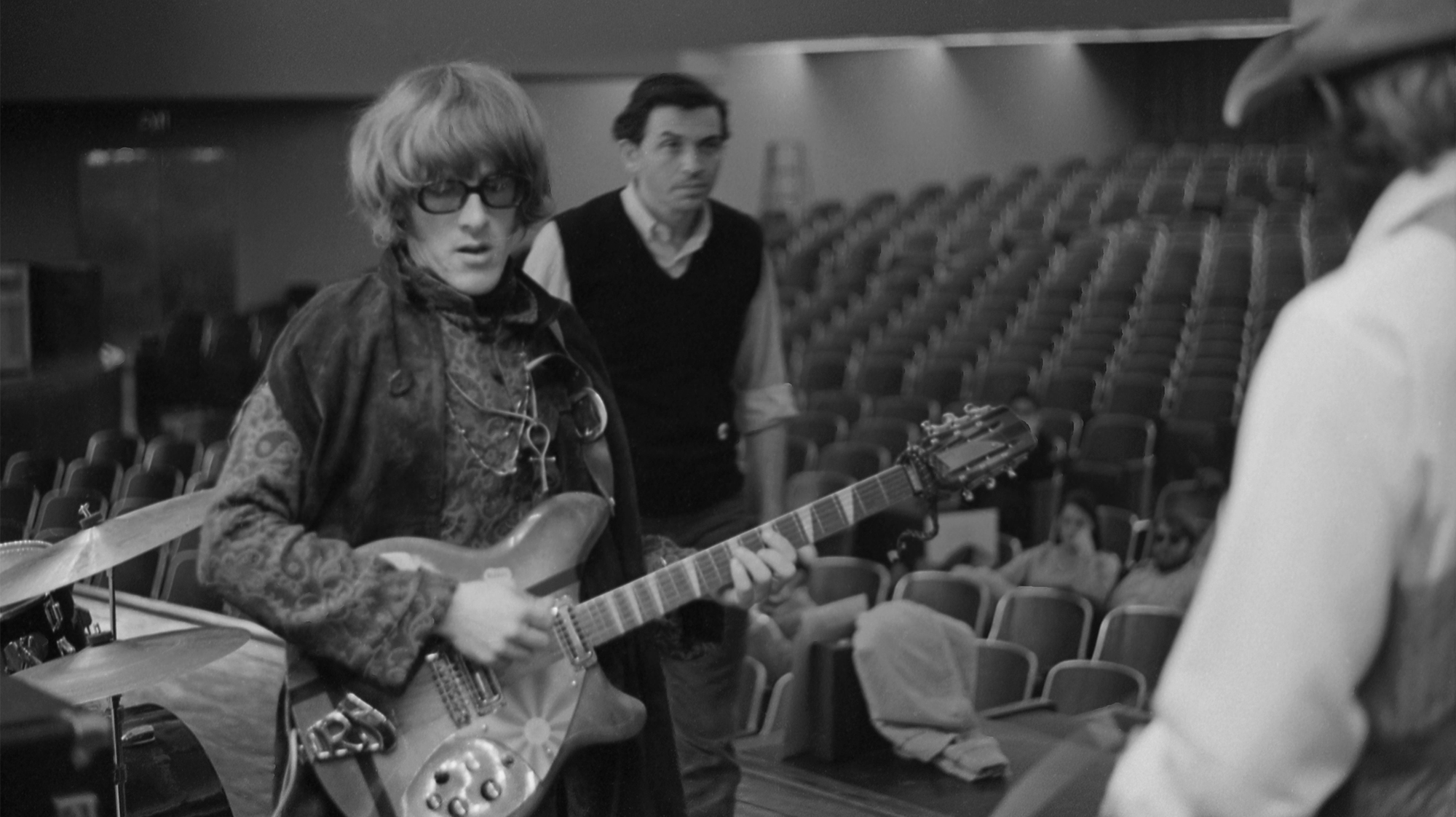
One unforgettable guitarist and bandleader we’ve both played with — you starting back when you joined Jefferson Airplane — is Paul Kantner.
Well, Paul was not a virtuoso musician, but he knew how to structure a song with a 12-string guitar. That was his thing. Folk songs, kind of, on a 12-string, turned up to about 11 …
… On each amp! So that makes 22. Because he would crank those Rickenbackers through a pair of Fender Twins, each on 11.
Jack [Casady] and Jorma would look at each other like, “My God in heaven,” because he’d have that 12-string turned up so loud. We’re all kind of half deaf now, those of us who are still alive.
But I was given, fortunately, a very loud voice — though I have a vocal range of about four notes. I've always been jealous of, like, Barbra Streisand and Linda Ronstadt, for example. These ranges that they have! And Cathy, too — she's a much better rock singer than I was. She's got a bigger range and more power.
In the early days, the guitars were so loud we couldn’t hear our own voices. And then, finally, they invented monitor speakers, so we could hear what we're doing. It really helps you sing in tune if you can hear your own voice.
Monitors weren’t always perfect though. We were playing a summer festival on the East Coast with the Who, and the monitors were fucked up, and it pissed off Roger Daltrey. Now, no one wants the band to have bad sound — not the sound guy, not the audience — but shit happens, and at this show things were messed up, so Roger kicked the monitors off the stage.
Roger is actually a very sweet man, really pleasant, and I really enjoy talking with him, but I thought, Well, that's an interesting move. Roger’s not a happy camper tonight.
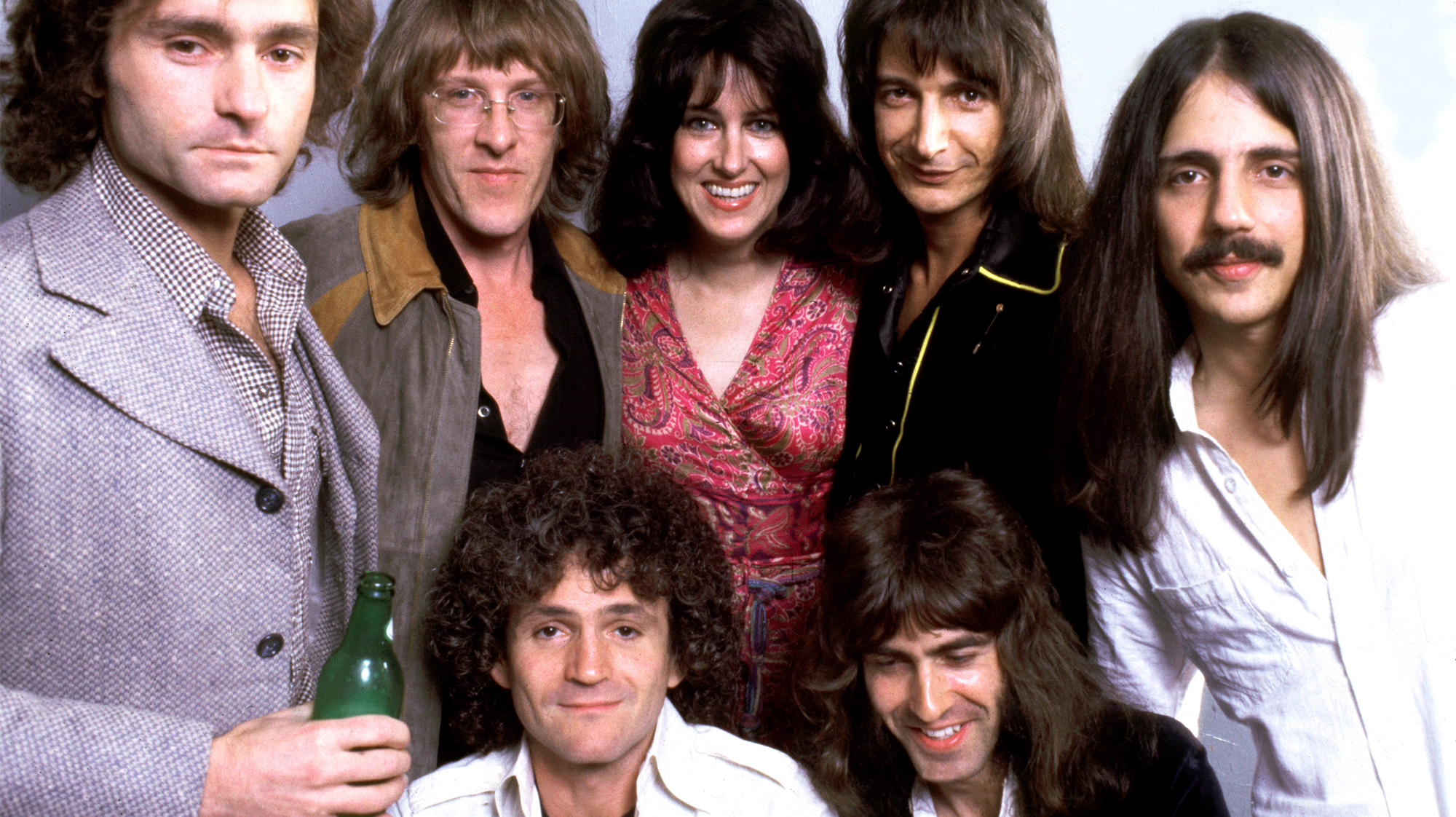
Okay, let’s talk “We Built This City” for a second, because, like “Sara” and “Nothing’s Gonna Stop Us Now,” it was a huge hit for Starship, yet Blender magazine infamously lambasted it as being the worst song of all time. Nowadays, we play it with more of a rock edge — I actually play some of the synthesizer parts on guitar — and it sounds a meaner and heavier. What I’m getting at is it’s actually a well-constructed, perhaps underrated song.
See, I actually agree with the Blender article, because of the lyrics. “We built this city”? Which city? There's no city built on rock and roll. Rock and roll is too new. New York, Madrid, London weren’t built on rock and roll. Los Angeles wasn’t either — it was built on oranges and oil and the entertainment industry. San Francisco was built on the gold rush. I mean, there just isn't any city built on rock and roll. So it's a dumb remark.
Now, I love Bernie Taupin, who wrote the lyrics. He’s great, but we all have our moments. I was stunned that song went to number one.
One of my favorite lyrics comes from your song “Fast Buck Freddie,” which you wrote with Craig Chaquico. The line I’m thinking of is very simple, yet could be an inspiring mantra for any musician: “Sing it now while you still have a song.” Where did that come from?
Speaking of guitar players, Craig was really good. He was much younger than we were, but he had a very good sense of playing for the song instead of just playing all over everything, as many lead guitar players tend to do. He knew where to come in and do some fancy shit and then shut up.
As for the lyric you mention, I was thinking about people who drop their incentive. They don't keep going. They give up their dream and turn into a blob that attends local barbecues with their friends.
The dream happens when you're young. When you’re young, you pursue your dream for a while. You really go at it. And then later you might figure out, Oh, maybe I'm not good at this, or not good enough.
Or the dream takes too much work, so you work at something else. You give up your dream. So, I was saying, “Sing it now, while you still have a song. Try to keep your song going.”
Quotes edited for clarity and brevity. To hear the complete 80-minute interview with Grace Slick, stream Episode 183 of No Guitar Is Safe, hosted by Jude Gold, wherever you get your podcasts.
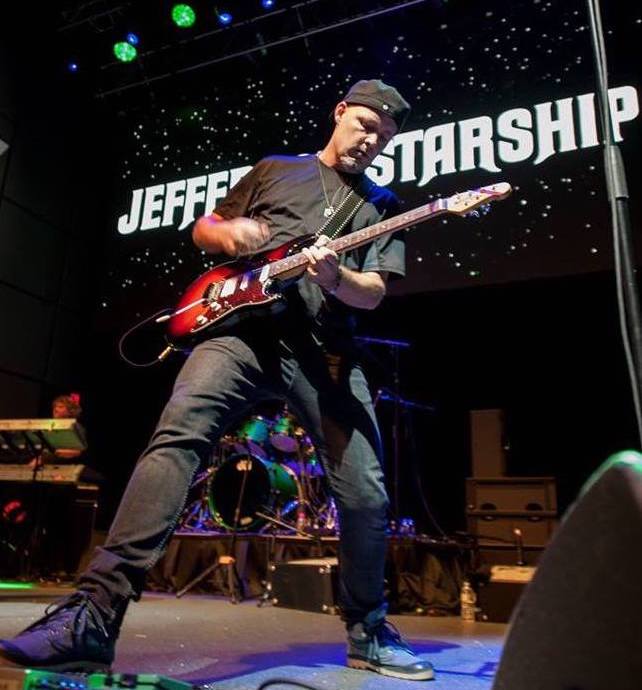
Whether he’s interviewing great guitarists for Guitar Player magazine or on his respected podcast, No Guitar Is Safe – “The guitar show where guitar heroes plug in” – Jude Gold has been a passionate guitar journalist since 2001, when he became a full-time Guitar Player staff editor. In 2012, Jude became lead guitarist for iconic rock band Jefferson Starship, yet still has, in his role as Los Angeles Editor, continued to contribute regularly to all things Guitar Player. Watch Jude play guitar here.
